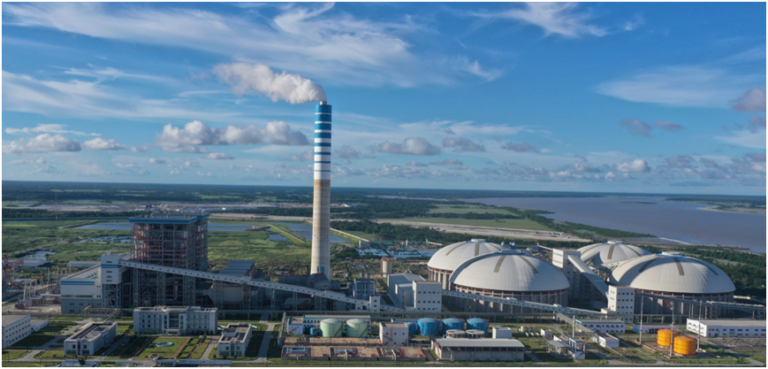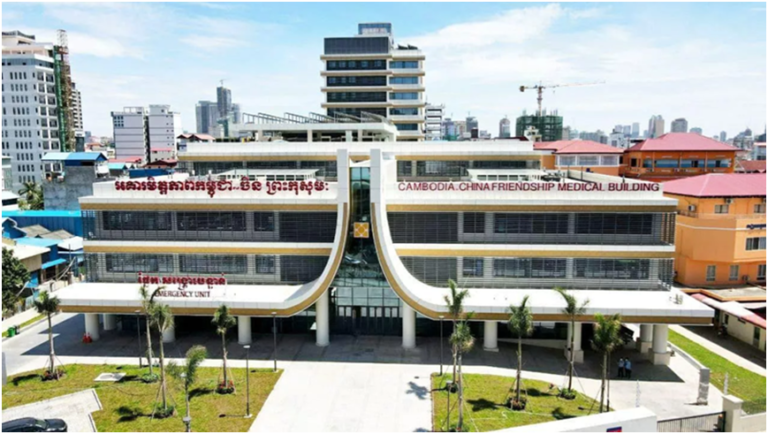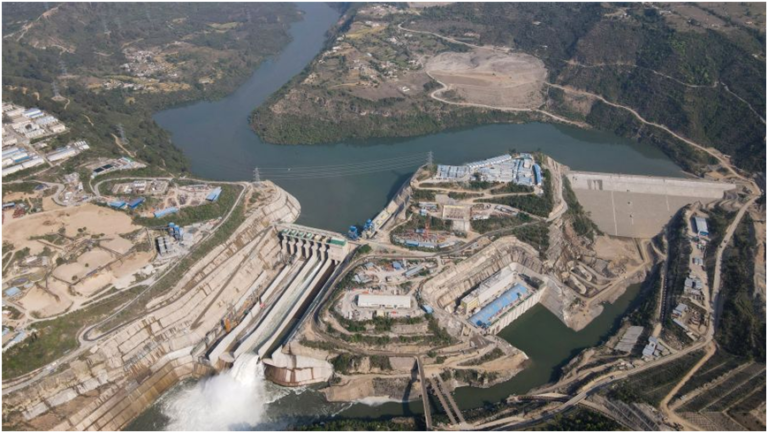
By Xu Peiyu, People’s Daily
The tallest building in Africa, the largest hydropower plant in Nepal, and the largest infrastructure program in Bangladesh are all among the many international engineering projects conducted by Chinese enterprises that have been completed or achieved their phased goals this year.
As China’s engineering construction goes overseas, advanced Chinese technologies, equipment and management mechanisms are also being exported.
On Feb. 18 this year,tunnel No.6 of the Jakarta-Bandung High Speed Railway in Indonesia, the longest one along the line, was drilled through. The tunnel, situated in complicated geologic surroundings, was difficult to construct. It bore important significance for the construction of the whole high-speed railway project.
As a constructor of the tunnel, China Railway No.3 Engineering Group Co., Ltd. utilized massive machinery and perfected every aspect of its excavation plan. As a result, the tunnel was successfully drilled through despite the complicated geologic environment.
Besides, the CRTS III ballastless track paved by the Power Construction Corporation of China along the Jakarta-Bandung High Speed Railway marked the first application of this Chinese patent overseas.
On March 21, the Payra 2×660 MW Ultra Supercritical Thermal Power Plant Project, the largest power plant in Bangladesh, was put into operation, making Bangladesh the 13th country in the world using ultra supercritical technology and the first country in South Asia to have nationwide power supply.

The power project was jointly invested and constructed by the China National Machinery Import & Export Corporation and the Northwest Power Generation Company Limited of Bangladesh.The Chinese companyprovided all the core technologies and equipment.
Adopting supercritical technology, the plant emits fewer pollutants than what’s required by the World Bank, the International Finance Corporation and the government of Bangladesh. Once fully operational, the project is expected to provide about 8.58 billion kilowatt-hours of clean power on an annual basis. It will significantly alleviate regional power shortages and effectively improve the energy structure in Bangladesh.
Apart from “exporting” the latest technologies and equipment, Chinese enterprises are also instilling green and low-carbon construction philosophy in overseas projects, forging a number of new landmarks with “green wisdom”.
On Feb. 13, the headquarters of the Commercial Bank of Ethiopia (CBE), the tallest building in East Africa, was inaugurated. YitbarekTesfaye with the CBE noted that the building was East Africa’s first modern building in true sense, and it was constructed with China’s green and low-carbon construction philosophy.
China Construction Eighth Engineering Division, a constructor of the project, installed 112 solar lamps outside the building and 117 light sensors indoors, so that the illumination in the building can be adjusted automatically based on the intensity of sunlight, saving 30 percent of energy consumption.
In addition, the Chinese constructor has also equipped the building with air-source heat pumps and a water filtration system to reduce the high mineral content and impurities in local water supply, reducing the energy consumption by another 15 percent.

The green and low-carbon philosophy of China is also reflected in the expansion project of a medical building at the Cambodia-China Friendship PreahKossamak Hospital. The China-aided medical building is equipped with a solar power generation system and solar water heaters, which alleviates power shortages and lowers the operational cost for the hospital.
Chinese enterprises are also engaged in solar power, wind power, hydropower, and other new energy projects overseas, injecting impetus into the green and sustainable development of the world.
On May 5, the assembly of the major body of the Syr Darya 1,500MW combined gas-vapor cycle power generation project in Uzbekistan, the largest power plant in the country, started. Upon completion, the project is expected to offer 36 million kilowatt-hours of electricity for the local grid.
The Upper Tamakoshi hydropower project, largest hydropower plant of Nepal, was recently put into operation. It has effectively alleviated local electricity shortage and promoted energy restructuring in the country.
Besides, the Karot Hydropower Station,which is the first hydropower investment project under the framework of the China-Pakistan Economic Corridor, started operation recently. Once fully operational, the power plant would reduce carbon dioxide emissions by about 3.5 million tonnes each year.
According to the 2021 Chinese Enterprise Global Image Survey Report released by China Foreign Languages Publishing Administration, nearly 70 percent of the respondents believed Chinese enterprises played a leading role in sci-tech innovation and green progress, and half of them thought the Belt and Road construction had made achievements that were beyond expectation.
From connecting infrastructure to connecting rules and standards, and to connecting people, more and more Chinese enterprises are going overseas to promote economic and social development, as well as environmental protection. It is believed that more countries will benefit from this and embrace common and sustainable development.










